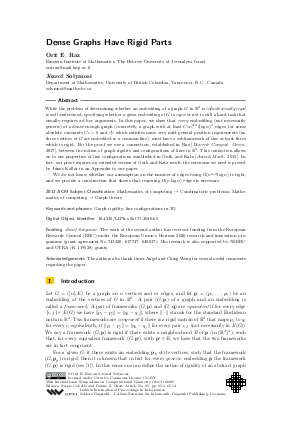LIPIcs.SoCG.2020.65.pdf
- Filesize: 0.52 MB
- 13 pages

 Creative Commons Attribution 3.0 Unported license
Creative Commons Attribution 3.0 Unported license










Feedback for Dagstuhl Publishing